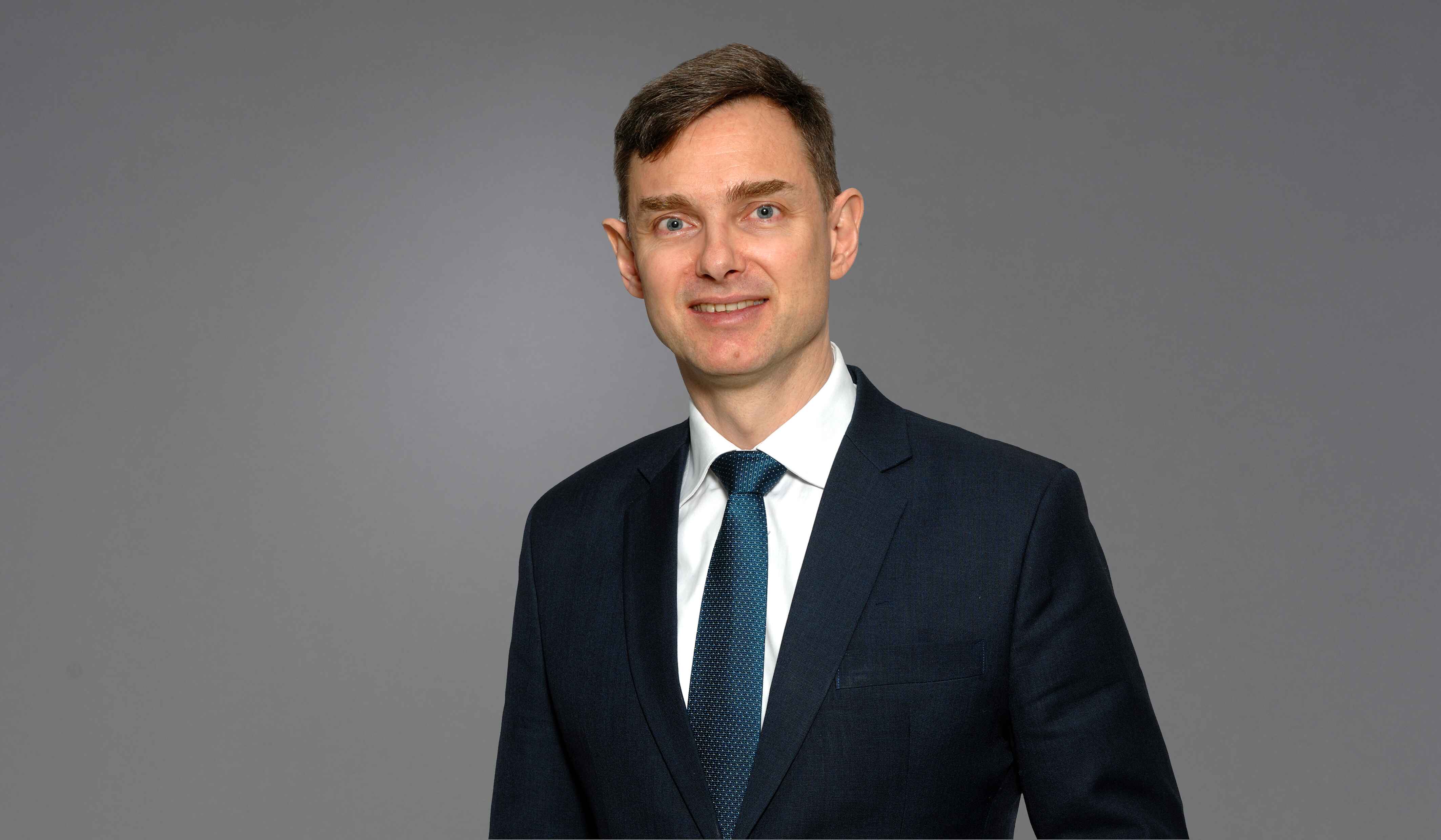The world is facing major challenges, from climate change to major upheavals and wars. At the same time, philanthropy has moved towards a more evidence-based and proactive approach in recent decades, with philanthropists increasingly ambitious about the impact they want to achieve through the projects they fund.
Worldwide, more than 2 billion people – a quarter of the world's population – live in vulnerable countries. Through the United Nations’ 17 Sustainable Development Goals (SDGs) and other frameworks, the global community is committed to promoting development and helping those in need.
According to the OECD, official development assistance to support the countries of the Global South amounted to $185.9 billion in 2021. A lot of money, but nowhere near enough to achieve sustainable development and provide support worldwide. Even if these funds were allocated only to the poorest countries, development support would barely exceed $90 a year per person. And this shortfall is likely to increase: In addition to the costs arising from the coronavirus pandemic, limiting climate change and international defence will continue to weigh on public finances in the short and medium term.
(Related: Why HNWI need to rethink everything in 2024)
- PUTTING THE RIGHT STRUCTURES IN PLACE
- FOCUSING ON ADDED VALUE
- TIPS FOR GREATER IMPACT
Putting the right structures in place
Choosing the right philanthropic structure greatly increases the chances of achieving impact objectives, and can have significant legal, financial, and operational consequences. An independent foundation often seems to be the most obvious choice in terms of proximity; however, the resulting lack of flexibility is leading more and more founders to turn to other donation structures. For example, it is possible to set up sheltered funds under the aegis of a tax-exempt charitable foundation, with an individual name and purpose of support.
The choice of structure is a deeply personal decision. In this context, in addition to all the technical questions, it is important to adopt a forward-looking approach and to bear in mind that visions can evolve and change.
People commit to causes based on personal convictions. The way people give is influenced by their life story, their personal and professional background, and their networks. However, we live in an age of rapid scientific progress, which demands the highest degree of transparency. Our knowledge is growing all the time. We should take this into account in order to seize the opportunities for impact.

"Philanthropy has moved towards a more evidence-based and proactive approach in recent decades, with philanthropists increasingly ambitious about the impact they want to achieve through the projects they fund."
- PUTTING THE RIGHT STRUCTURES IN PLACE
- FOCUSING ON ADDED VALUE
- TIPS FOR GREATER IMPACT
Focusing on added value
According to UNICEF, only one child in four will live in a country where 70% of the sustainable development goals relating to children are achieved. We therefore need to explore new avenues, and philanthropy can provide an important impetus in this respect.
In practice, philanthropic engagement moves between two poles: strategic action and the interpretation of values. A promising way of increasing the impact of philanthropy, in addition to good support strategies, is to link all philanthropic capital to impact objectives.
In practical terms, if a foundation devotes 2-5% of its assets each year to funding projects of general interest, this means that the remaining 95-98% of the capital can be invested in public and private markets to generate financial returns and thus fund future projects. By focusing the investment strategy on a model aligned with the philanthropic purpose of the foundation, also known as Mission-Related Investing (MRI), it is possible to achieve an even greater social impact.
- PUTTING THE RIGHT STRUCTURES IN PLACE
- FOCUSING ON ADDED VALUE
- TIPS FOR GREATER IMPACT
Tips for greater impact
As well as choosing the right structure and taking a holistic view of the capital invested (distributions and the foundation’s assets), there are a few basic principles that will maximize social impact:
1. Focus on depth: Limiting yourself to a certain number of projects allows you to concentrate on results and impact.
2. Effectiveness of beneficiary organizations: By properly verifying the effectiveness of potential beneficiary organisations, their financial viability, the quality of their governance, and their responsiveness to changing needs, it is possible to prioritize those with the greatest impact.
3. Evaluate and learn: Strategic philanthropy is a wonderful way to translate your values into action and impact. This requires perseverance – it involves examining successes and failures in order to learn from them.
Despite the challenges of the present day, philanthropists are fortunately working in many areas for the common good. Changing contexts and unexpected events require us all to subject our strategies to an ongoing learning process and to adapt them even as they are being implemented. In the field of philanthropy, such an approach makes it possible to achieve the greatest possible impact, even with limited resources.













 Back
Back
